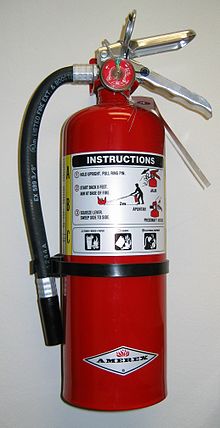My two year old pauses for a second. "A dogwood tree!" She triumphantly yells. "Daddy, do you see the red berries? And the wavy leaves?". At this age, she delights in repeating back exactly what she has learned. Last walk, she learned that trees that have berries and wavy leaves are called dogwoods. She'll repeat the "red berries and wavy leaves" mantra back to me every time she notices one.
She's proud of her knowledge. There are dozens of different tree types in the neighborhood, but dogwoods are one of the most common, and she recognizes every one we pass.
She doesn't know that her knowledge isn't complete. She doesn't know that the dogwood trees won't have leaves in a month, and only rarely have berries. Or that in the spring, they'll look completely different with their explosion of white and pink blossoms.
She doesn't realize that having a name is only a starting point. Nobel physicist Richard Feynman talked about an episode in his childhood when a friend pointed out a bird in their neighborhood. "Do you see that bird? It's called a thrush!" the child gloated, reveling in knowing more than his friend. Feynman's father wisely pointed out that the other boy still didn't know a single real thing about the bird. Didn't know what it ate. How it acted. Where it lived. How long it lived. What it sounded like. What it tasted like. The only thing he knew was the name that English speaking folks called it, which was barely different than not knowing anything at all.
Russian combatives don't use names very often, and this is very confusing for many new practitioners. Sometimes we'll use names to make learning easier (I borrow the numbering system of the Doce Pares school of Filipino martial arts because saying "number 1" is quicker than saying "forehand downward angle strike").
At my first Systema school, most of the students (and the instructor) shared an Aikido background, so different wrist grabs and locks were given Japanese names. Kotagaeshi (literally "forearm return") is a Japanese name for a technique. The Russians don't call it that - they just bend your forearm to the outside of your shoulder in a painful manner. It doesn't matter which of their own limbs they use to put you in this uncomfortable position; 2 hands is easy, but I enjoy using my elbow locked in theirs and my shoulder on their wrist (if they're holding a knife, the knife usually goes into them at this point). If I'm at a different angle, I can use my armpit to block their wrist and my palm under their elbow. Some styles call it a swimmer's lock. If we're on the ground and I put you in the same position, wrestlers call it a V-arm lock. But it's really nothing different. You're still hurting and immobilized just the same, which is the most important thing. The rest are just details. 4 different techniques (and there are many, many more) to show the same principle: "if your arm bends this way, life sucks for you." 4 different names for the same thing.
And yet the names are still important. The names provide a placeholder, a reference point, something to go back to when their opponent seems like an unyielding mass of limbs. There's a quote attributed to Bruce Lee that goes:
"Before I learned martial arts, a punch was just a punch and a kick was just a kick. When I studied martial arts, a punch was no longer just a punch and a kick was no longer just a kick. Now I understand martial arts, and a punch is just a punch and a kick is just a kick."This applies to names. Techniques are names for one way to apply a specific principle. When you understand the principle, then you're free to forget the technique.
But the names are where we start. My daughter and I will continue our walks, adding names to the rapidly growing list of things that she sees and "knows". And we'll build from there. Learn what plants you can eat. Which can make you sick. Which are good for you. Which are good for building a fire. Which has smells that give you a headache when you make fire with them.
It's amazing to learn it all again through her eyes.





